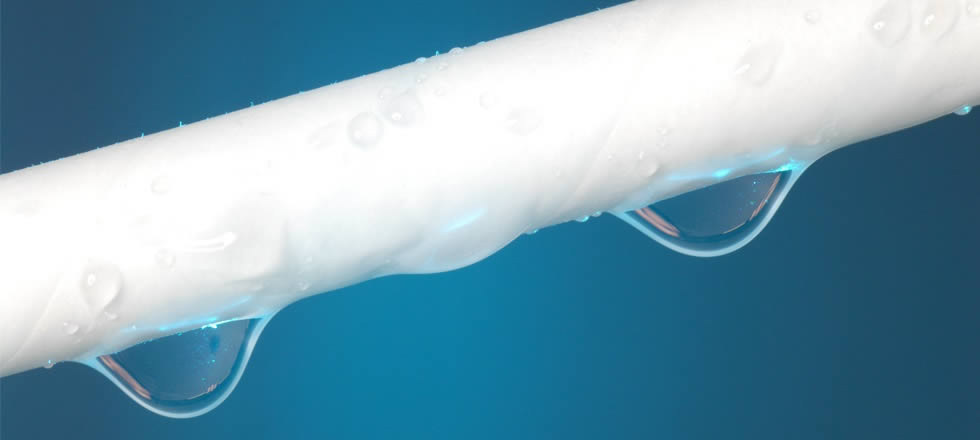- Home
- Our Technology
- Membrane Technology in General
MEMBRANE TECHNOLOGY
A membrane is a selective layer that allows certain components to pass while rejecting others. Membrane technology uses these selective layers for efficient separation without the need for phase transitions. The actual membrane is typically a thin film manufactured from polymers, metals, or ceramics. Membranes can operate with liquid or gaseous feed streams and can be either dense or porous.
Pressure-driven process
Membranes are manufactured in various geometries: flat sheets, spiral wound, capillary, and tubular. Separation by means of membranes requires concentration or pressure difference as the driving force. In pressure-driven water applications, membranes are categorized by pore size:
- Microfiltration with a pore size of 0.1 to 1 µm
- Ultrafiltration with a pore size of 5 - 100 nm
- Nanofiltration with a pore size of 1 - 5 nm
Reverse osmosis uses dense membranes without pores to desalinate seawater and produce potable water. In gas separation, membranes are used to separate oxygen from nitrogen or to improve natural gas quality by removing carbon dioxide.
Versatile Technology
Membrane technology is used in a wide variety of processes, such as desalination, water purification, beer clarification, gas separation, and electrodialysis.
With X-Flow membranes, Pentair develops and manufactures the ideal membrane technology for every industry and filtration application.
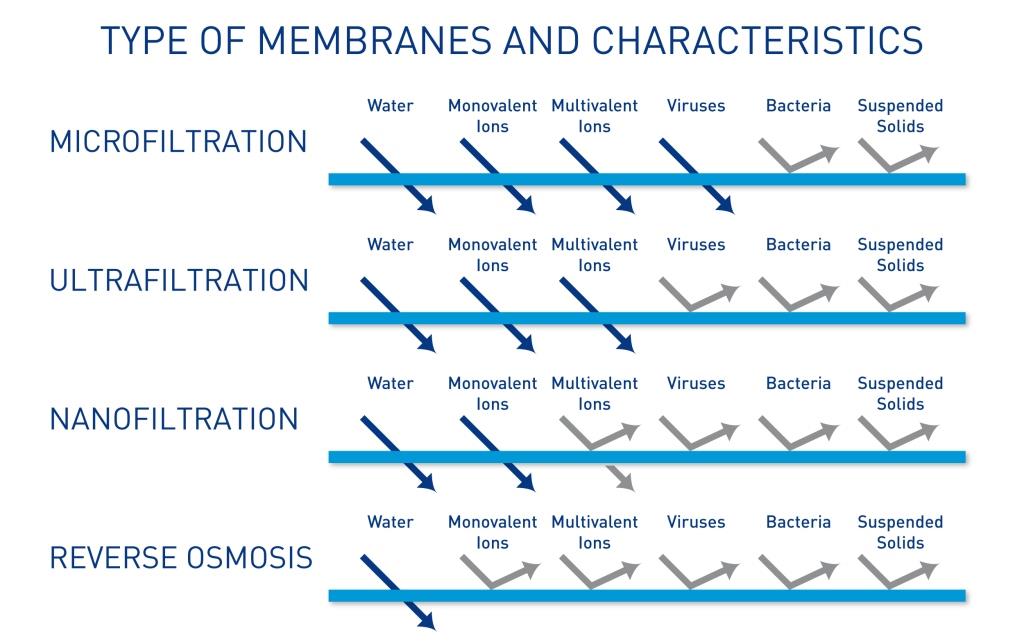
We offer information pages on our website where you can find detailed information about polymeric membranes, hollow fiber membranes, tubular membranes, capillary membranes, water filtration, membrane filtration.
If you have any questions, please contact us.
POLYMERIC MEMBRANES
Polymeric membranes can be made from very different standard or high-performance polymers. Because of their competitive cost and performance, polymeric membranes are frontrunners in industrial separation processes.
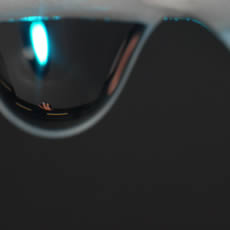
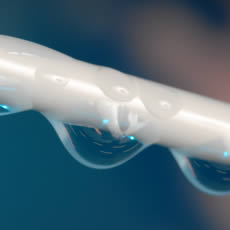
HOLLOW FIBER MEMBRANES
The cylindrical shape of hollow-fiber membranes provides a high surface-area-to-volume ratio, delivering a very efficient filtration process.
TUBULAR MEMBRANES
Tubular membranes are usually made of a supporting material with a polymeric inside layer. The structural basis enables the tube to withstand the pressure needed in the separation process.
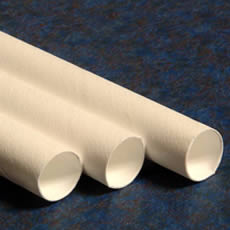
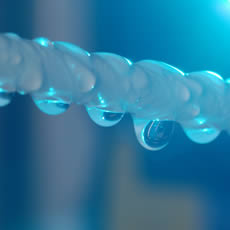
CAPILLARY MEMBRANES
Membranes come in many shapes and sizes. It is important to select the suitable geometry for your specific application. Capillary membranes are among the more versatile geometries.
WATER FILTRATION
Water filtration produces a specific water quality by reducing the concentration of large and small undesirable particles, such as suspended solids, colloidal particles, bacteria, viruses, germs, or chlorine-resistant organisms.
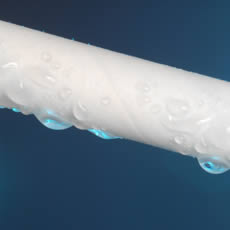
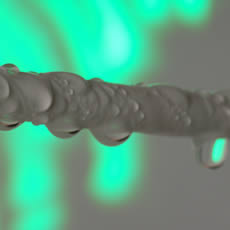
MEMBRANE FILTRATION
Filtration is a mechanical or physical process to separate different particles from each other. Filtration usually removes solids from a liquid or a gas, using a porous material as the selective barrier.
